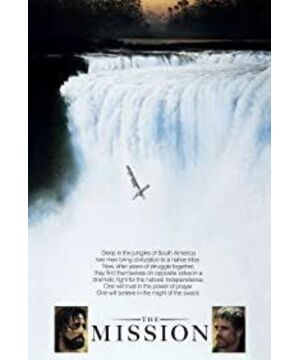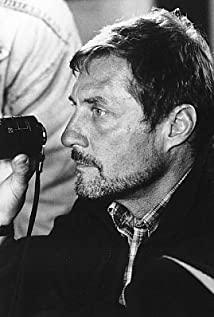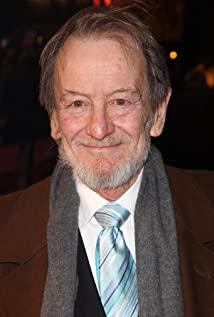4 stars, 1 star because of the brutal massacre.
The theme of the film is very grand. In addition to showing the great love taught by Christianity, cultural conflicts, conquest and resistance, the revolution of blood and fire in the process of civilization, the contribution of individuals under the collective to cultural barriers, and the redemption of human nature, The struggle for ecclesiastical power and secular power also reflects the history of capitalist development.
The most shocking part of the film is the majestic river shot, the turbulent waterfall shot, and the feeling of insignificance and powerlessness of the individual in front of the huge waterfall on the big river. The lens is very beautiful, and the use of the lens is efficient. The close-up lens can not be a monotonous fixed lens, but a lens that surrounds the pan to express the space and characters. It is not necessary to fix the panoramic lens to express the spatial relationship, you can pan the lens from the architectural space to the character relationship, so as to satisfy the sense of movement and rhythm. The open space and closed space of the dialogue indicate that the relationship between the two people is effective. Before positioning the main character, you can shoot other objects and then pan to the important character. A long shot contains a lot of actions and meanings, including panning and pushing the camera: when Godrig killed his younger brother, the scene where the heroine ran out not only showed the action of killing, but also showed his remorse and daughter. Lord's sorrow. The ascetic redemption shots are captivating, and De Niro's performance is punchy. This inner sanctioned prison career is also a good segment in the entire film. When the tribal boy cuts off the heavy object that symbolizes the burden of sin, the scene of Drone crying, the performance really gives people goosebumps. The people here of the tribe let go of the hatred of killing their tribesmen and forgive Godrigg, which symbolizes the completion of the atonement, and it is necessary for him to be a foreshadowing of the slave trader in the early stage. And the music of the movie is really beautiful.
There is a movie similar to "The Church", that is, "Dances with Wolves", which won an Oscar. The routines of the two films are the same. In the end, the people from the aggressor side joined the invaded side to resist the aggressor, and both ended in failure. However, compared to "Dancing With Wolves", this film has a lot of scenes of Indian life, which weakens the narrative of the film and is not compact in rhythm. The so-called civilized people's transformation of the Indians, letting them learn music, is actually showing the assimilation and cultural strategy of the American capitalist culture to the Indian culture, and the same cruelty as the subsequent massacre of the Indians. The land demanded by the capitalist revolution cannot be resolved through negotiation and dialogue, and genocide is a stain on the history of human civilization. The missionary, as a righteous and kind side, lives and dies together with the Indians. When this part of the film is shown, there is always a sense of fate that hits the stone with an egg. In the face of powerful secular forces, the only thing the church can do is to practice the teachings of God's love, which is a positive aspect of religion. In the performance of the film, heroism is still prominent, in order to shape the image of De Niro. And the ideal color is also higher than "Dancing With Wolves", the tearing of reality is not thorough enough.
The last shot is a freehand shot. The shot of the children punting away from their homes alone is very sad. The director still placed hope here, hoping that the Indians could find a place to start their lives again. The brilliance of humanity displayed by missionaries is worthy of recognition by the world.
I sincerely hope that the tragedy of history will not repeat itself, but it is true that genocide and racial discrimination continue. The nature of human beings to kill has not changed, and I hope that the original intention of human beings to pursue benevolence will not change.
View more about The Mission reviews











